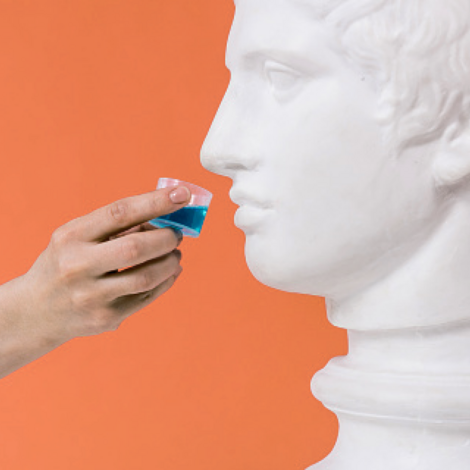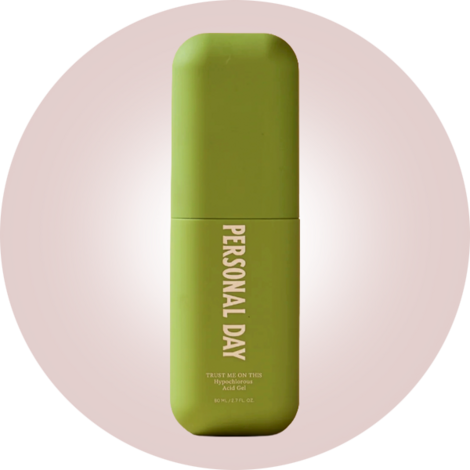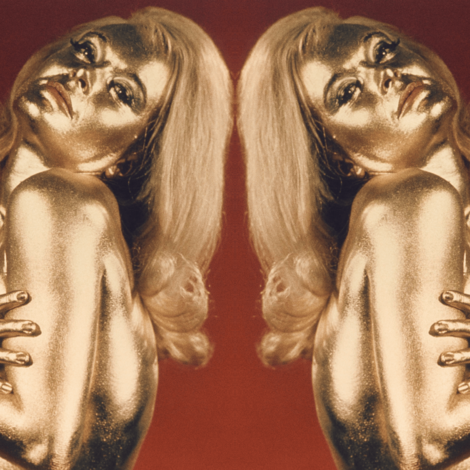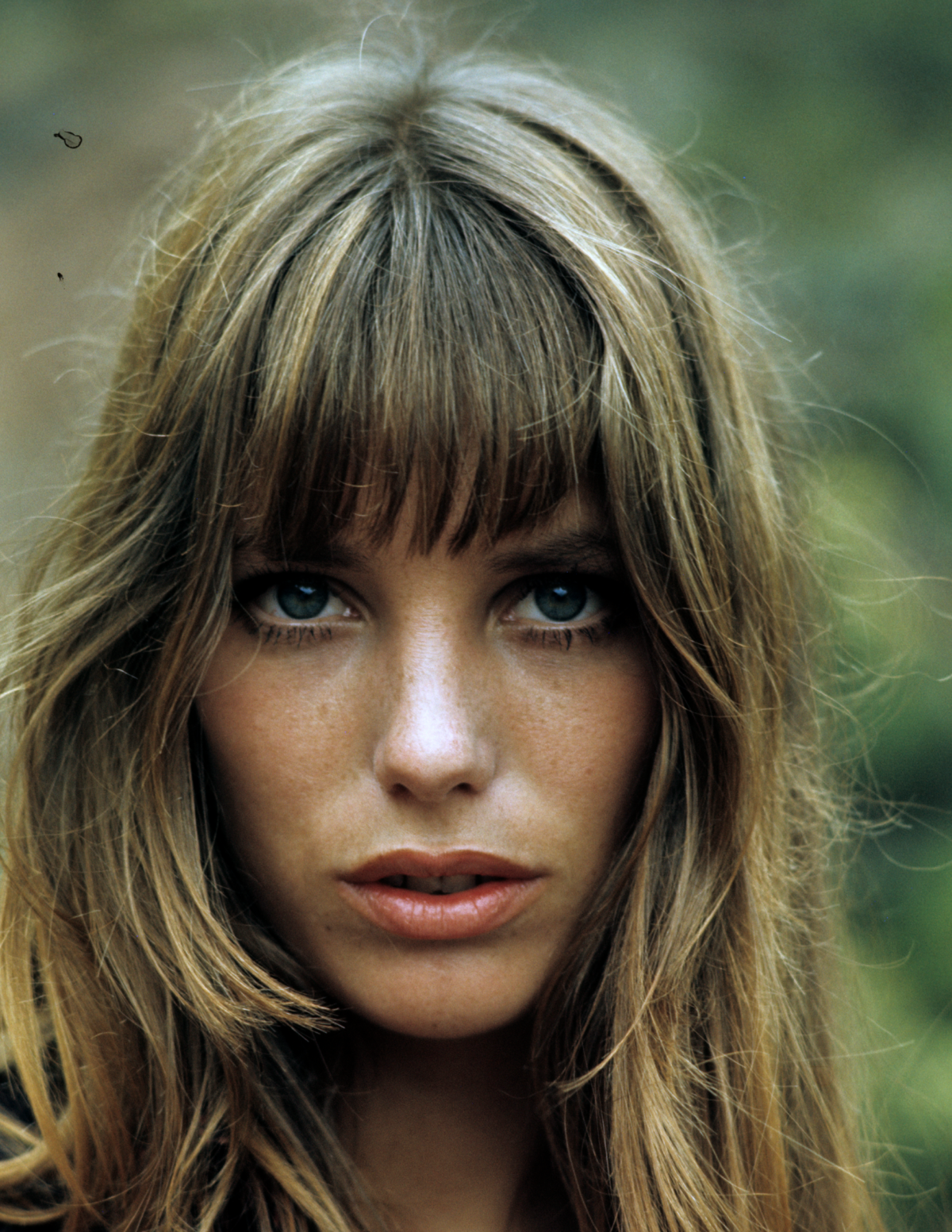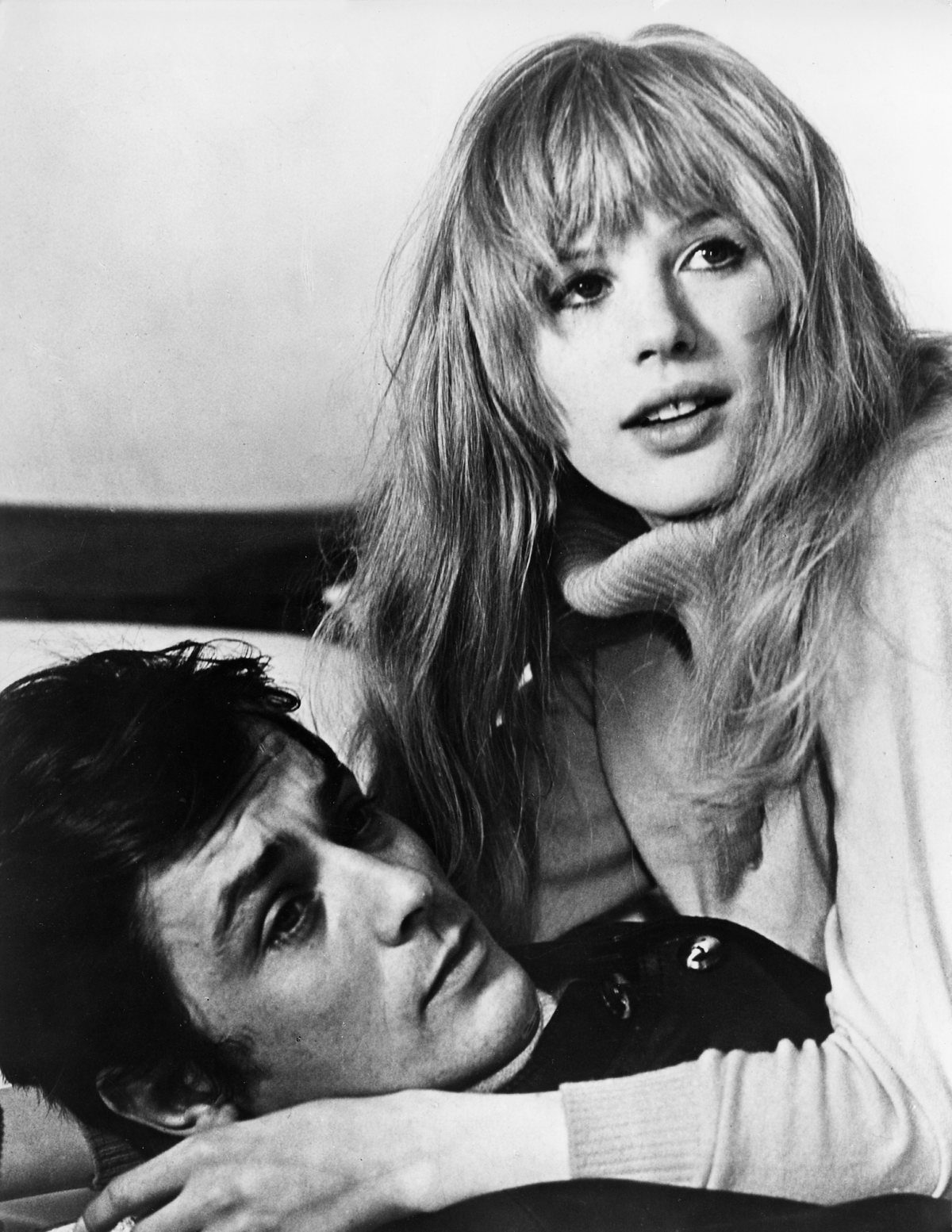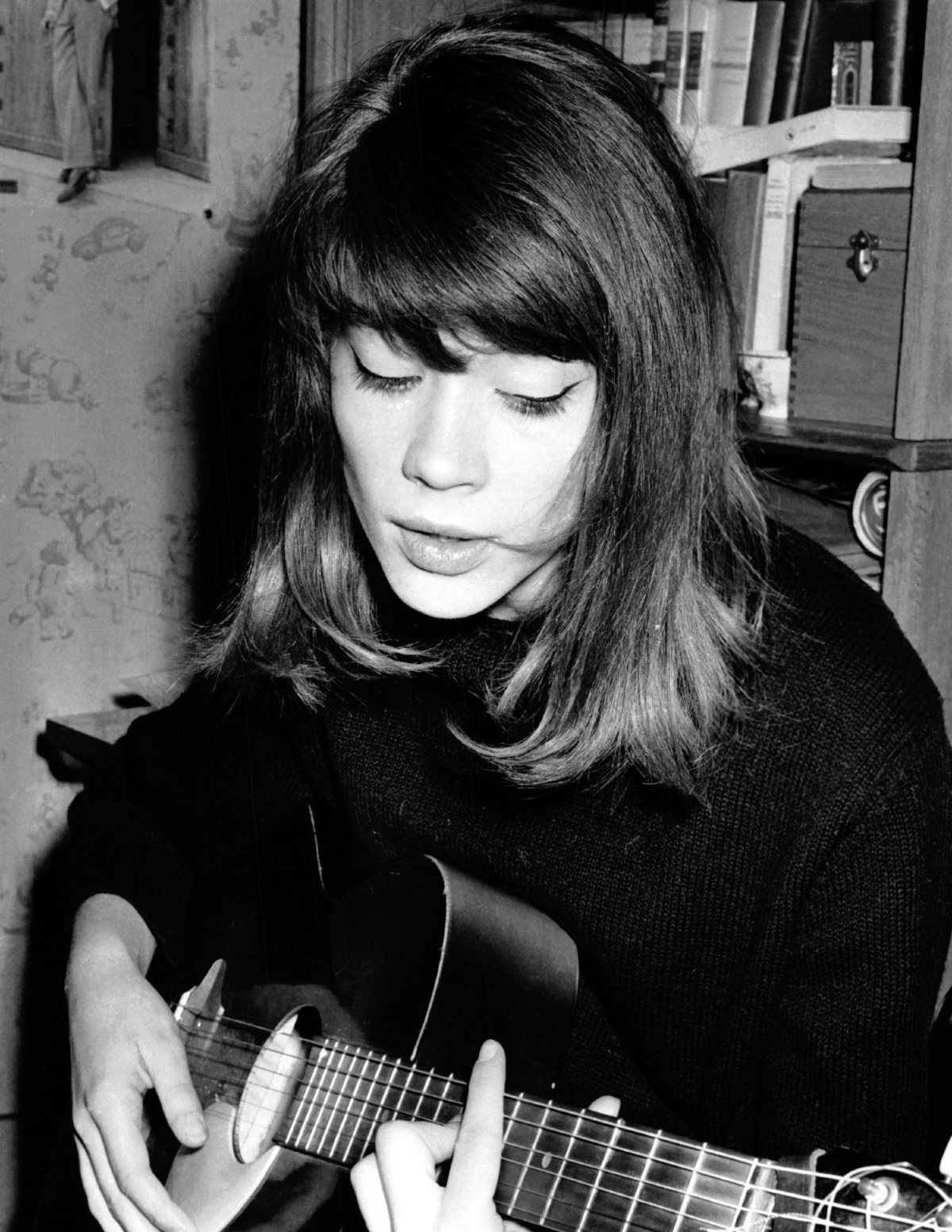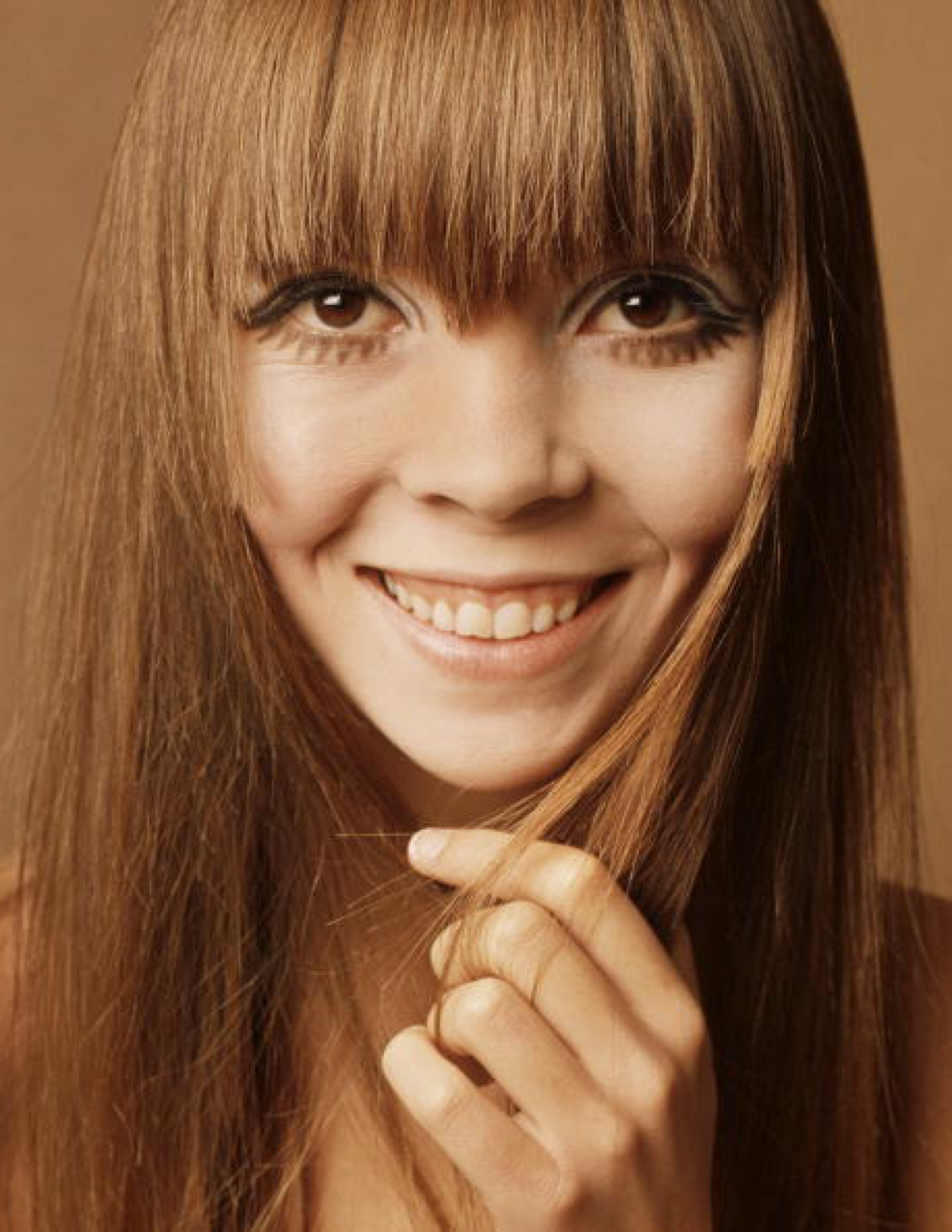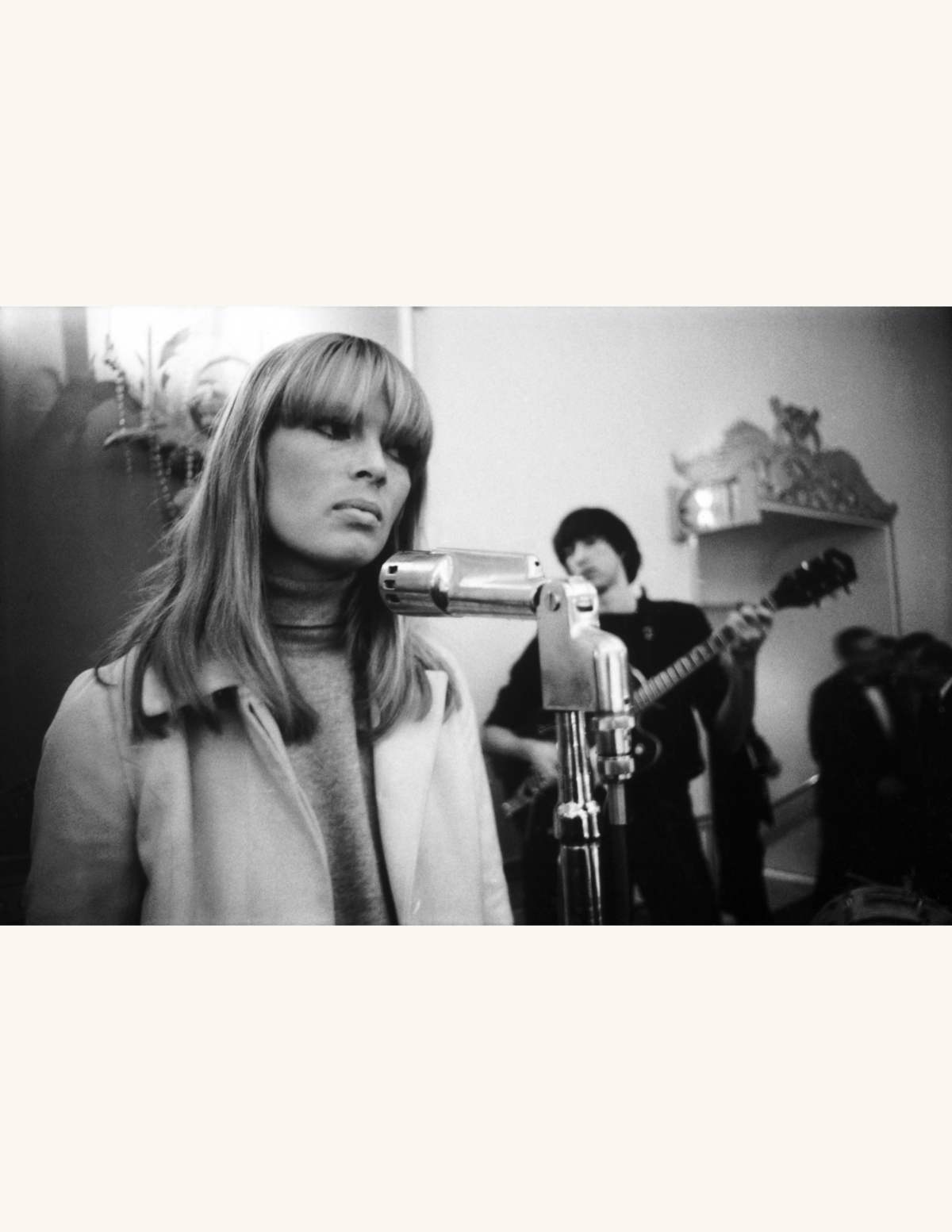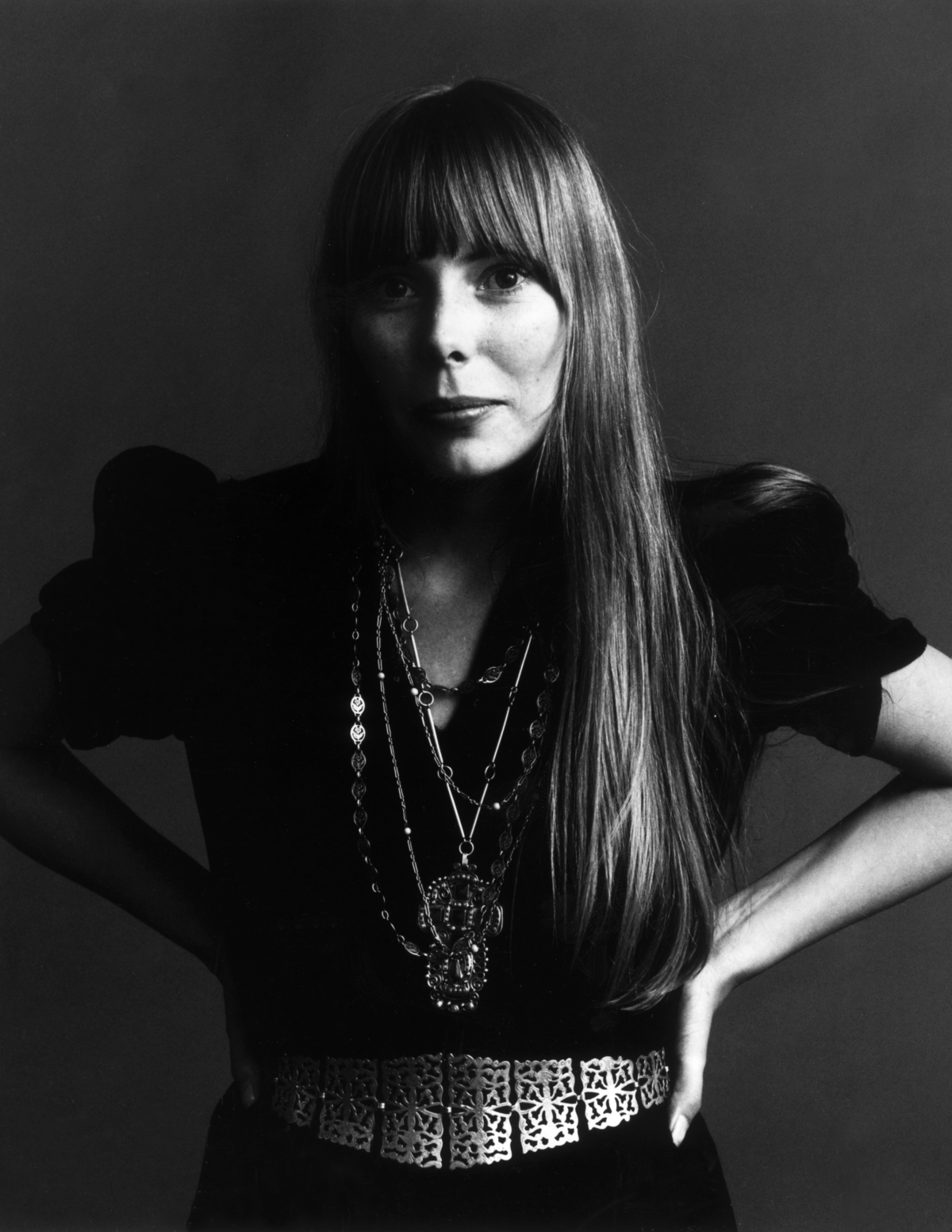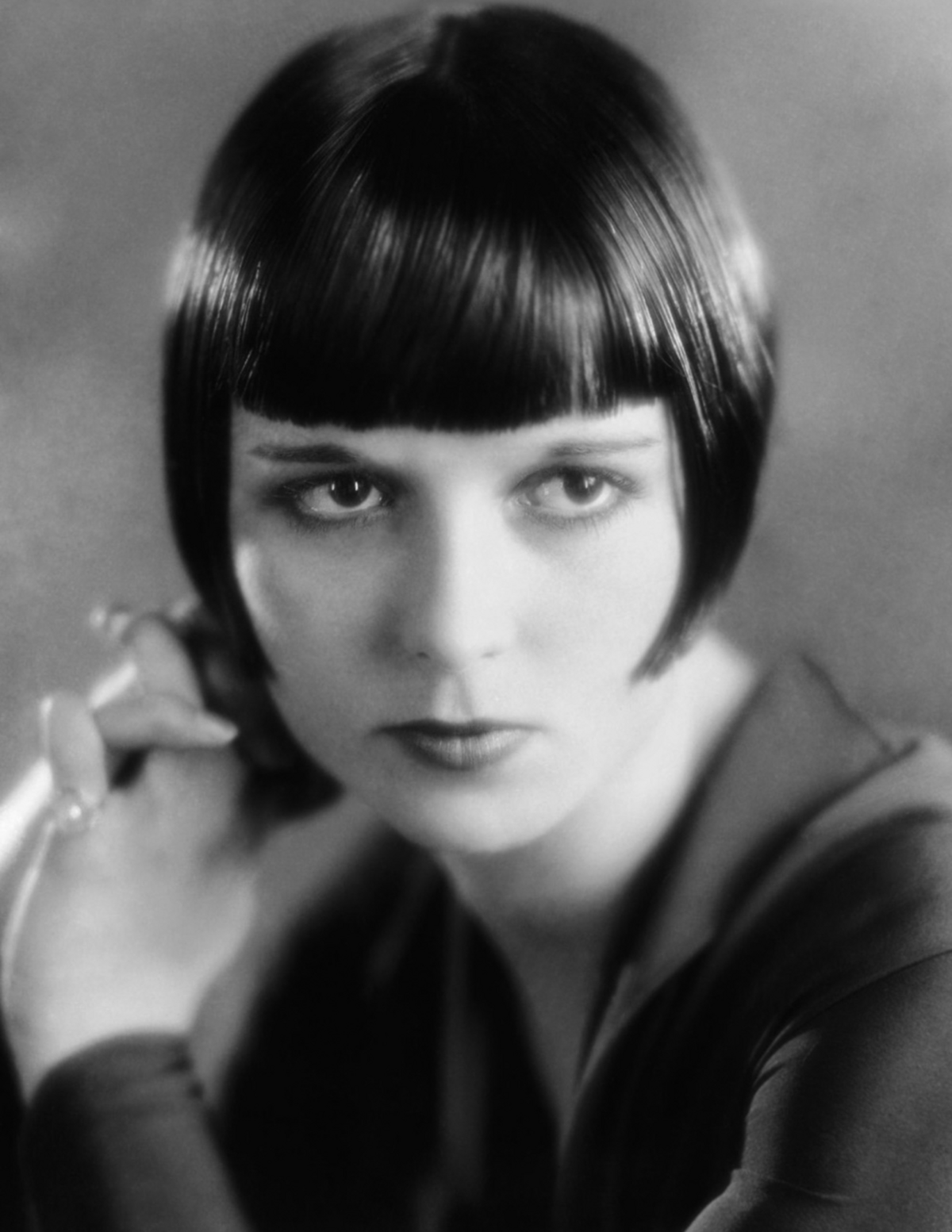Haircuts have been a non-event for the past five years. The shapes are shapeless, long, bed-headed, ragged, scraggly, inexact. With one exception.
“I’ve never had so many clients ask for bangs,” says Chris McMillan. McMillan owns Chris McMillan the Salon in Beverly Hills. “Everyone wants them—young women, old women, high-school kids, teenage boys. Almost every other haircut I do involves some kind of bangs.”
Why bangs all of a sudden? Perhaps because they’re small-stakes risky. The tiniest miscalibration can have calamitous effects. Too long and you’re a Muppet. Too short and you might as well show the cops where you hid the bodies. Bangs take skill; they take precision; they take a professional hairdresser. So when the coronavirus pandemic hit, bangs went the way of cocktail bars, cruise vacations, and one-night stands. Did you notice, in the middle of all that, that bangs disappeared? No, you probably did not, because on the list of things to miss, bangs were near dead last. But when lockdown restrictions relaxed, lopping off your hair had the appeal of a gin martini after Prohibition.
The tiniest miscalibration can have calamitous effects.
“When Covid ended, people wanted a haircut that looked like they cared again. They stopped wearing sweatpants, and they started cutting bangs. It’s a feel-good cut,” says McMillan. Ah, but only in the right hands.
McMillan believes “They’re always a good idea. If you have fine, straight hair, maybe they’re sideswept or layered. If you have super-tight curls, it’s more about framing the face.”
Another reason for the mad dash to chop it off: bangs express a certain optimism, given the effort required to maintain them. Yes, open the New York Times app and everything sucks. But something entirely inconsequential like bangs offers a tiny, meaningless distraction right there on your forehead. They’re not a sign of capitulation. They need to be tended and trimmed. (Fun fact: most stylists will trim them for free between regular cuts.) It’s like buying a ficus tree for your living room or a bunch of esoteric spices. You’re committing to the future.
Bangs also allow you to neglect almost everything about the rest of your hair. Who cares?—because you are now the person with bangs. It’s like wearing a cape to a garden party: no one notices the dress.
There are so many kinds of bangs that allow for individual expression. “Micro, sideswept, blunt, swooped, split, wisps, curtain, Jane Birkin,” says McMillan. Side note (literally, if you like): Curtain bangs have recently been rebranded as waterfall bangs. You didn’t sleep through a trend, says McMillan, explaining the newest tomato, tomahto of haircuts.
Some historians claim that bangs first took hold in medieval Spain. Others trace them back to ancient Egypt. In the last century, the Roaring 20s, Louise Brooks, Bernice bobbing her hair, and all that jazz made bangs mainstream. A few decades later, Audrey Hepburn appeared with her adorable mini-fringe in Roman Holiday. Bangs got their poster child in the pinup girl Bettie Page.
In the 1960s and 1970s, any woman with access to a pair of scissors was tempted by Joni Mitchell, Marianne Faithfull, Jane Birkin, Penelope Tree, and their eyebrow-grazing bangs. In the 1990s, bangs took a turn when McMillan created “the Rachel” (from Friends) cut, inspiring whole swaths of the television-viewing public to cut their hair and sweep their bangs to the side.
McMillan believes bangs are for everyone. In a time of no definable haircut and in an era of fluidity, bangs feel fresh again. What’s the one thing Jennifer Lopez, Timothée Chalamet, and Hari Nef have in common? Exactly.
They are short now, unless they’re long. They’re tough, unless they’re drifty and glamorous. They’re gender-neutral and age-neutral. They can be wistful and youthful. They can be severe and serious. Bangs are bold, but they can help you hide. They’re spicy and flirty, and timeless and trendy. And they’re a lot cheaper than Botox.
“Most people who are new to bangs might want to start slowly,” says McMillan, who advises against cutting them yourself. “Maybe make them thinner or a little on the longer side. Then gradually have your hairdresser thicken them, cut them shorter until you find the shape that you’re the most comfortable with. You really can’t mess it up, but if you do, it’s hair. It’ll grow.”
Danielle Pergament is a Los Angeles–based writer. The former editor of Goop, she frequently contributes to The New York Times

